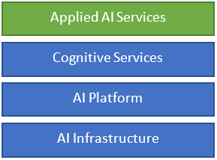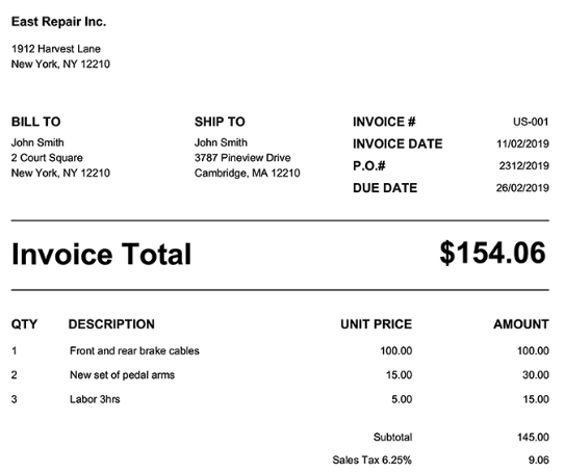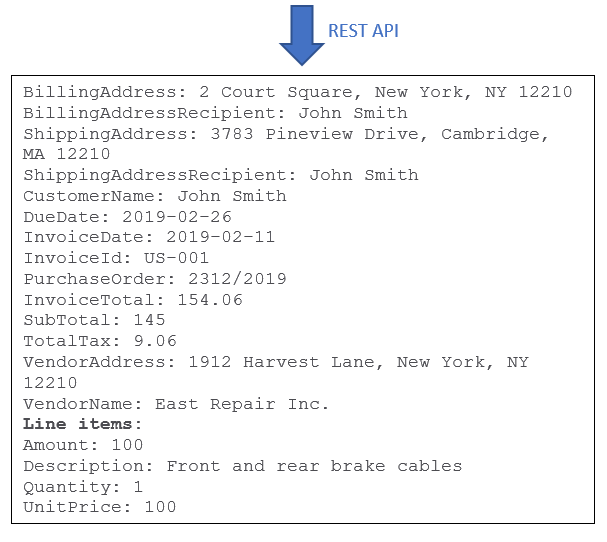Artificial Intelligence as a Service (AIaaS) is SaaS (Software as a Service) applied to AI. Given the high maturity of cloud infrastructure (IaaS) and cloud platforms (PaaS) major cloud technology providers have started to move towards offering more added value services as XaaS (Anything as a Service). The SaaS model can be easily applied to AI to enable rapid adoption and bring AI to the masses due to the fact that it builds upon years of technology development and on specific use cases development.
The biggest challenges companies face to bring AI to real world scenarios, besides being able to gather and work with huge datasets, are related to the specialized infrastructure and skillset required to take AI from the lab to production use and make sure proper and fined-tuned processes are in place to allow for smooth operation and scalability.
By leveraging cloud AI services that include pre-trained models for specific business use cases or specialized infrastructure for model customization and publishing, organizations do not need to make huge up-front investments and can skip the burden of building a vast internal AI skillset, or deploy custom and dedicated infrastructure. Instead, they can jump directly to using AI.
From the Lab to the Real World: Applied AI and the role of Cloud services
The first major offerings we started to see around AI were related to easily building chatbots and conversational agents, object recognition in images (a standard set of objects), and specific uses cases around text (for example summary extraction, translation, and entity recognition). If business use cases didn’t fit these standard offerings, a custom-built solution needed to be built, which meant going back to the basics and gathering huge datasets, provisioning infrastructure, building the data pipelines, and acquiring the AI skills.
As technology has matured, so have business use cases. Companies understood that it is not enough to offer infrastructure and platforms to support the building of AI capabilities, they also needed to help businesses by building AI capabilities themselves and offering them as a service.
Companies offering AIaaS have abstracted the complexity of building, maintaining, deploying, and improving AI services, and they now offer the ability to plug-in AI functionality right away at a very reduced cost (compared to building the capability in-house) and without having to worry about reliability, scalability and associated operational tasks and issues.
We can think of AI services as a layered offering:

AI Infrastructure relates to AI-specific hardware (such as GPUs) that are tailored for AI workloads. AI Platform conveys mostly Machine Learning (ML) tools and functionality to make it easy to experiment, create, manage, and deploy custom AI/ML models. Tools such as Jupyter Notebooks and visual ML model designers fit into this layer. Then Cognitive Services is the layer where the now standard speech, language, and vision services are located, powering services such as sentiment analysis, text translation, computer vision and custom vision.
The top layer of “Applied AI” is about taking specific use cases and creating ready to use services that everyone else can then re-use. These are fully managed AI services that users can just start using, though depending on the use case they may require some additional training based on pre-selected algorithms and tools and pre-trained models.
Example Use Cases
Form Text Extraction
Makes business processes more efficient by plugin in text and language related cognitive services to understand forms and extract specific information. A real-world scenario would be invoice digitalization. By using a Form Recognizer AI-powered API an invoice file (image or PDF) can be sent to the API and the response is a parsed JSON file with the extracted information.
This service can be used right out of the box because it has already been trained on thousands of documents (forms, invoices, documents, etc.). One could think that a basic OCR rule-based system is easy to build and can be setup rather quickly, but the real word scenarios where an organization only deals with just a few different invoice templates is very limited, and scaling to several templates can prove challenging, making a rule-based system unusable.


Fraud Detection
More complex than accessing an API, a Fraud Detection AI-enabled service is made up of three components:
- The data storage: where the data that is used to train the fraud detection model.
- The training: for the computing resources used to train the model.
- The fraud detection runtime: whether via API or some other scheduled mechanism, the computing resources that perform the fraud detections.
Based on their extensive experience, cloud providers have already provisioned pre-trained models on fraud-detection patterns, the overall ML model design process has already been tackled. The user only needs to provide historical data on the event that needs to be detected and the complete training and deployment process is done automatically. The user can then invoke the fraud detector API to query transactions against the trained model.
Real-world examples include online payment transactions, sign-up processes, online identity impersonation, and seller activity in online marketplaces.
Predictive Care
Using Natural Language Processing (NLP) and Computer Vision, pre-trained ML models can be used to understand health data from unstructured and structured medical text and images, including prescriptions, procedures, diagnosis, and medical imaging/scans.
The extracted information can then be used to streamline medical analysis and diagnostics, improve overall population health by rapidly identifying adverse effects on pharmaceutical products and accelerate business processes such as insurance claims.
A real-world example of these services includes the automatic population of EHR (Electronic Health Record) systems information by capturing and processing physicians’ speech or notes using pre-trained models made available through APIs and then running automatic analysis to provide healthcare recommendations (e.g., specific drugs, treatment plans, etc.).
Key Takeaways
It is expected that AI adoption will rapidly accelerate in the coming years because of the rise of Applied AI services (or AIaaS). It has become more common to see industry-specific use cases being abstracted in ready-to-use APIs or Frameworks.
There are still concerns and some challenges that organizations will still need to assess and overcome. The most important challenge is how users can guarantee that AIaaS vendors adhere to the AI design principles and comply with any AI regulations. For example, being able to trust that pre-trained models do not include biases presents a big challenge.
New pre-trained models and industry-specific services continue to become available at a faster pace, and it will continue to accelerate AI capabilities within organizations.
About Encora
Fast-growing tech companies partner with Encora to outsource product development and drive growth. Contact us to learn more about our software engineering capabilities.
